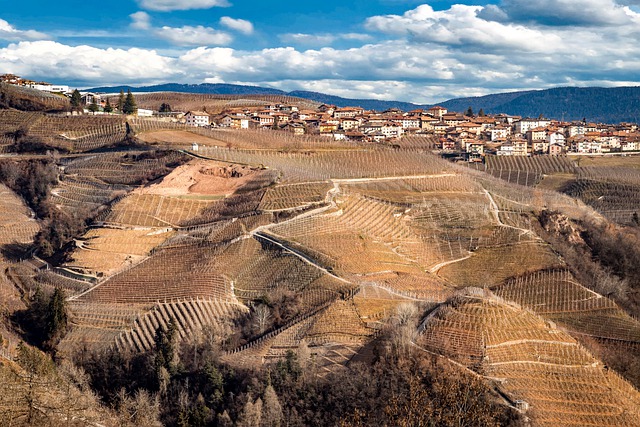
Someone who is devious or cunning can be mentioned as a ladino.
From the Latin latinus ( "Latin" ), ladino is a concept that can have very different meanings. It can be the adjective that indicates that someone is sagacious, cunning or devious . For example: “Be careful with Raúl: he is a sly man who always seems to be one step ahead of the others” , “The experts agreed that the driver won the race because he was a sly man” , “We are not going to allow any sly man to deceive to the people.”
In Central America , the idea of ladino is linked to the mestizo population . The concept was developed in colonial times to name those who spoke Spanish but were not part of the dominant elite (made up of Europeans and Creoles) or the indigenous populations. In Guatemala , Ladinos are officially recognized as an ethnic group that includes mestizos and descendants of indigenous people who are considered culturally mestizo.
Ladino in linguistics
Ladino is also an expression that is used in linguistics in reference to different languages . It may be a Romance language spoken in some regions of the Italian Alps; of the religious language of the Sephardim; of the variety of Spanish that the Jews in Spain spoke during the medieval period and that the Judeo-Spanish people still speak in the East; or from old Spanish.
All these meanings are also associated with another use of the term Ladino as a synonym for polyglot . In this sense, a ladino is someone who easily speaks another language or languages in addition to his own: “The king sent for the town's ladino to communicate with the natives.”

Ladino is an official language in numerous communes in the Italian provinces of Trento, Bolzano and Belluno.
The Romanesque language
Ladino, as explained in a previous paragraph, is a Romance language, a group that it makes up along with Friulian and Romansh. In Italy, it is spoken in the Veneto and Trentino-Alto Adige regions and is officially recognized in 54 communes in the provinces of Bolzano, Belluno and Trento.
After the Roman Empire fell, little by little the Ladino language was displaced as a result of barbarian invasions. Until then, it was spoken in part of the territory of Norico and throughout the province of Recia. Today, its speakers are found around the Dolomites mountain range.
Varieties of Ladino
Within the Ladino language, various linguistic varieties can be distinguished, among which are the following: atesina del Sella (its dialects are the ones that most faithfully preserve the original features of the language); Trentina del Sella (with certain characteristics inherited from the Trentino dialect ); Sella's agordina; cadorina; from Ampezzo (similar to the previous one); Nones and Solander (influenced by the Lombard language and the Trentino dialect).
There is a project called SPELL (an acronym that comes from Servisc per la planificazion y Elaborazion dl Lingaz Ladin , translated as Service for the planning and elaboration of the Ladin language ), which has received monetary support from the provinces of Bolzano and Trento with the purpose of developing a standard written Ladino, thus unifying all varieties of the language. Its success, so far, has not met the expectations of the participants.
Number of speakers
The official number of inhabitants of the Ladino area is around 92,000, although it cannot be determined exactly how many of them speak the Ladino language, especially considering that there is no region in which it is the only language used. Since Ladino has many similarities with our language, let's look at an example that is often used to compare them, the Our Father prayer:
* in Ladino, Pere nost, che t'ies en ciel, al sie santificé ti inom, al vegne ti regn, sia fata aunt volonté, car en ciel enscì en tera;
* in Spanish, Our Father, who art in heaven, hallowed be your name. Your kingdom come, Your will be done, both in heaven and on earth..
